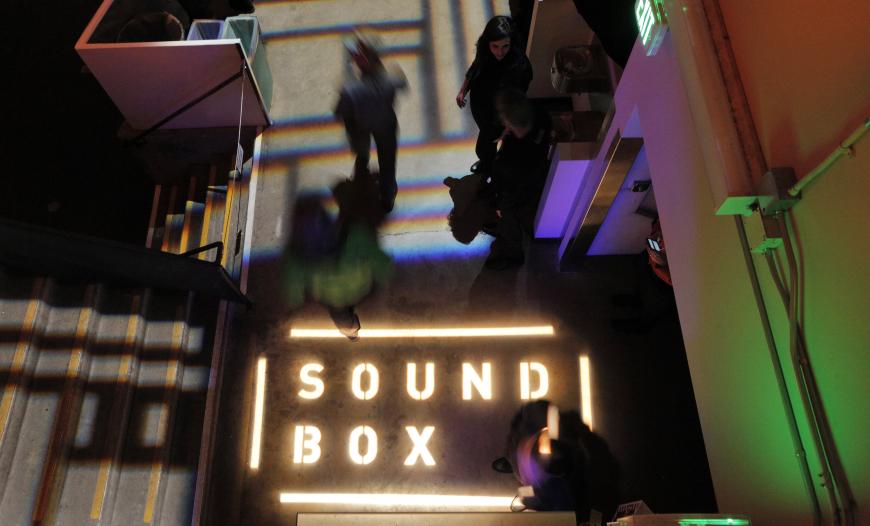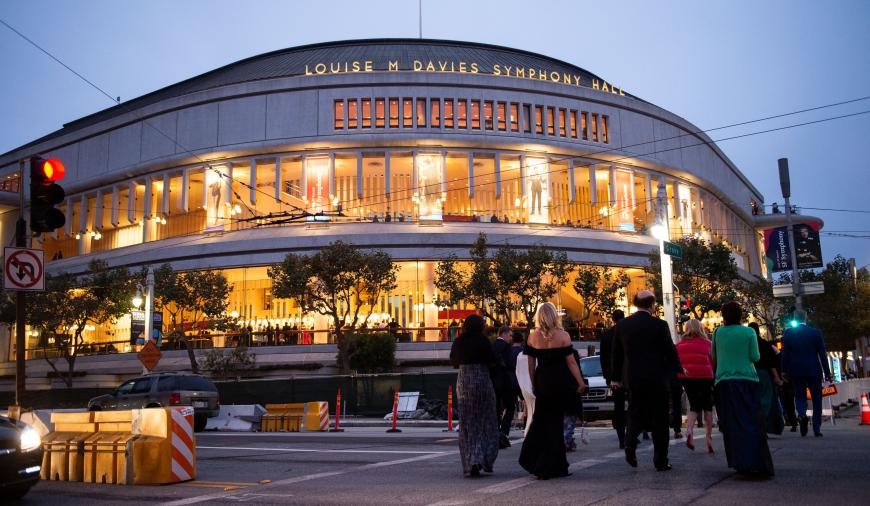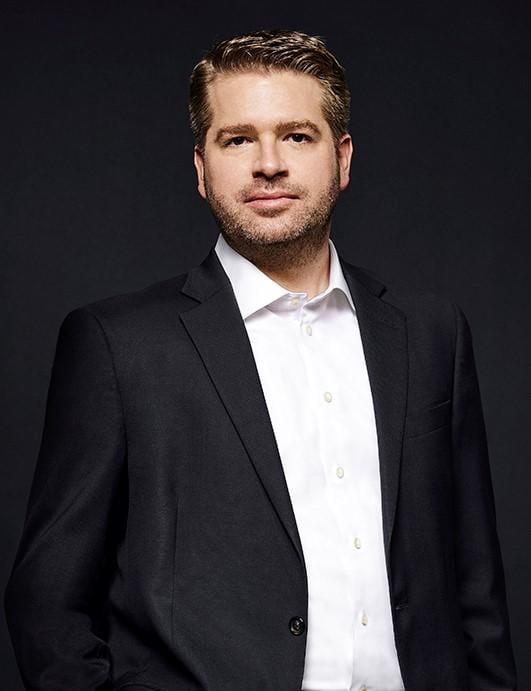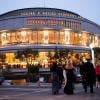
Orchestras change their schedules reluctantly and only when they must — a community health problem, an ill soloist, travel issues, or other extenuating circumstances — upsetting subscribers and creating ticket-exchange problems in the process.
So, when the San Francisco Symphony announced the cancellation of two SoundBox concerts scheduled for March, it might have been “just one of those things.” Or was it?
Consider the stated reason for the cancellation: “The Symphony decided to cancel this program as a means of offsetting the significant expenses associated with producing SoundBox.”
Are there financial problem for an organization whose income in fiscal year 2022 was $144.9 million against expenses of $74.7 million and which has a $326 million endowment, second only in the U.S. to the Boston Symphony?
Asked about the $144.9 million figure, an SF Symphony spokesperson told SF Classical Voice:
SF Symphony’s operations, like several of its peers, has historically run at an operating deficit year after year. Financial resources available to support current operations are limited, and the SF Symphony has taken austerity measures in recent seasons to address and reduce that operating deficit, including implementing extensive cost-cutting measures across all expense areas.
Revenue as reflected on the Symphony’s 990 [tax] form includes many items that are outside of those available as cash to support operations. Most notably, the $144.9 million shown on the [990 form for fiscal year 2022] includes ‘realized’ gains from investments but does not include ‘unrealized’ gains or losses.
Realized gains from investments accounted for more than half of the $144.9 million revenue shown. These gains, offset by unrealized gains/losses, are within the SF Symphony’s endowment. Most endowment funds are not directly available to support operations.
Operations are supported by the endowment through an annual draw, which is itself limited by original donor stipulations, UPMIFA [Uniform Prudent Management of Institutional Funds Act, a law that governs how charitable institutions manage funds], and SF Symphony policy.”

What is the significance of the SF Symphony skipping its traditional fundraising concert and New Year’s Eve program this season? The orchestra has also reduced the number of preconcert lectures it offers.
The response from SFS public relations is that “the Symphony has shifted away from preconcert talks prior to every subscription series performance, but there are several pre- and postconcert talks planned for individual concerts throughout the year, and those are added to our website program pages as they are confirmed and included in preconcert email reminders.
“These talks often focus on conversations with composers or performers to provide interesting context or an individual point of view to the performance. Inside Music talks are also still a regular part of our open rehearsals.”
Is SF Symphony management engaged in a major savings campaign, perhaps to keep planning for a huge project like the restructuring of Davies Symphony Hall? In addition to reducing the number of seats in the hall (the source of ticket income) from 2,743 to 2,100, the project would also cost up to $100 million — which requires a major cutting of expenses as well as a major fundraising campaign.
There has been no change in the SF Symphony management’s equivocation about the Davies project: “SFS is still in an early, exploratory stage of this process and is not yet filing any building permit applications or embarking on or announcing any major renovation projects.”
But yes, the SF Symphony “submitted a proposal to the San Francisco Planning Department to begin the entitlement process for potential future renovations to Davies Symphony Hall.”
What is the significance of the SoundBox cancellation? In its decadelong history, SoundBox has been highly praised and had a clear and important purpose: the combination of classical and avant-garde music in an engaging space.
And, in the SF Symphony’s own lyrical description:
What is SoundBox?
In the small entry room, you move past a curtain, through an unknown door. It’s like you scored a backstage pass. Time to explore.
Turn the corner, find the bar: There’s craft cocktails and small bites. Video projections flash on the walls. All eyes go to the stage, ready for the show to start.
And then the music. Live music — it’s just so good. Pounding beats, otherworldly chants come from all the corners of the space. Close your eyes: It sounds like you’re in a cathedral, and then an underground club. Unique and stimulating and totally different.”
Beyond the cancellation of the two SoundBox concerts in March (which were to be curated by Music Director Esa-Pekka Salonen and had been listed on the orchestra’s website as sold out prior to the cancellation), the SF Symphony is also reducing future SoundBox programs to two each season, against past schedules of up to five different events.
Originally launched during the 2014–2015 season, SoundBox was an instant success, attracting young audiences not otherwise attending events in Davies, though orchestra PR somewhat disputes that last fact. There is crossover in the SoundBox and mainstage audiences, according to that same SFS spokesperson, with SoundBox bringing in more Gen X, millennials, and Gen Z audience members than the mainstage programs. About 50 percent of SoundBox audience members have told the orchestra that they also buy tickets to mainstage concerts.

After the cancellation announcement, SF Symphony CEO Matthew Spivey responded to questions from the San Francisco Chronicle:
“It’s never an easy decision to pull back on something like SoundBox, but what a lot of people don’t realize is that SoundBox is a small venue, and the costs to produce it are significantly higher than the revenue it generates.”
Spivey said a SoundBox program, when performed twice, costs the organization around $250,000 but draws only about $25,000 to $30,000 in earned revenue.
“There are countless intangible, non-financial benefits to having SoundBox, but it’s not an inexpensive thing to create. And there are still significant financial pressures on the organization overall coming out of the pandemic,” Spivey told the Chronicle.
Assistant concertmaster Jeremy Constant, whose work with the SFS musicians’ negotiating committee goes back some four decades, had been commenting frequently during the orchestra’s recent contract settlement, and he told SF Classical Voice how he feels about the SoundBox cancellation:
“SFS board members seem to have lost their aspiration to actually govern a highly successful not-for-profit and keep it highly successful.
“Every decision seems to be motivated by the failed concept of ‘cutting our way to prosperity.’ Yes, they may be frightened by their own metrics of what is sustainable, but it’s the metrics that need to be adjusted, not the mission of the organization, especially with the second-largest endowment in the industry.
“Why are they giving up on being successful compared to the other boards of our peer orchestras? We musicians are keeping our standards up, but our board is not keeping theirs up.”
Flutist Stacey Pelinka writes: “SoundBox is the most interesting, vital, and unusual series the Symphony offers. The concerts I’ve played were packed, sold out, I think. And profit should never be the motive when making art. This is sad news.”




